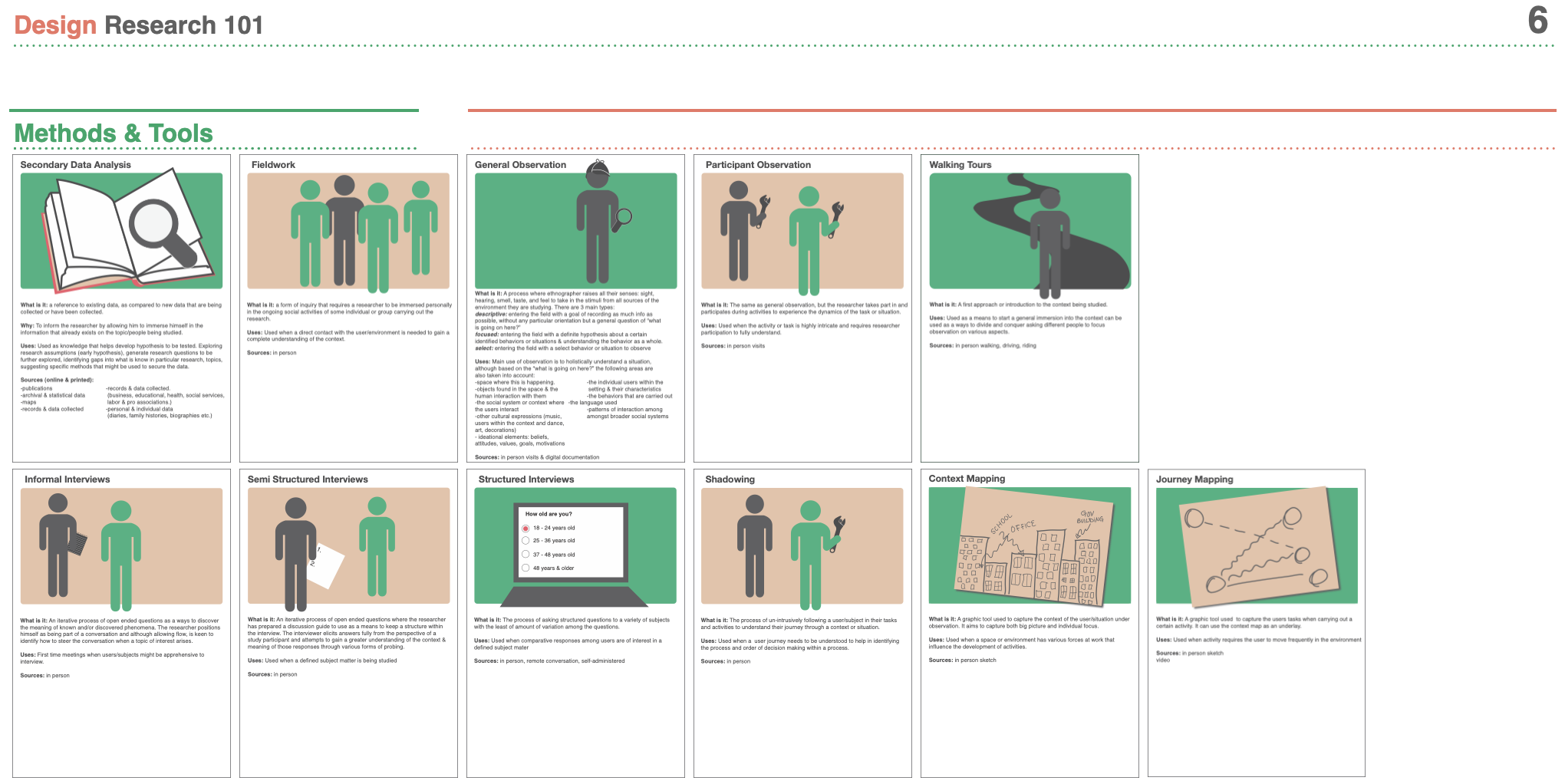The Challenge
Understand the reason behind the drop in the company’s European sales figures.
Question 1: What Do Your Consumers Really Think?
The Outcome
A communications strategy that saved the company millions in product development.
The Chamberlain Group recruited me to help create and lead their design research department. As a very successful engineering first company, design was generally regarded with suspicion, some nervousness, and a great deal of unease. In addition to conducting design research projects, my role included significant sales and teaching components. Sales in terms of persuading management of the importance of design and qualitative user research in understanding consumer needs; and teaching in terms of training marketing, engineering, and product development staff within the company in the mindset, methods, and techniques of user-centered research.
The first project I successfully sold and funded within the company was to the access solutions product development group (access solutions comprises product lines that give people access to their homes, gated communities, and building; for example gate openers). The group was concerned about a recent drop in their European sales figures, which they attributed to consumers and installers disliking "bulky" American products. They had already begun to create a product development roadmap in order to reduce the size of their best-selling gate openers. Needless to say, this was a major project with a projected cost of millions of dollars in retooling, marketing and communications, training, and sales.
I was able to persuade management to fund a much more affordable user research project before moving forward with product development through a series of meetings. In the worst-case scenario, their assumptions would be confirmed, and the results would guide the redesign of the gate openers; but in the best-case scenario, an unknown underlying cause would be discovered, changing the company's strategy - hopefully with significant cost savings.
The initial proposal presented included 5 countries and called for a team of twelve designers; however, our internal team only had six designers, including myself, three of whom specialized in product design, and two university interns; thus, we would need to hire ten part-time designers to carry out the research. This significantly increased the project's budget and nearly caused management to reject the research. As an alternative, we reduced the project’s scope to three countries - our highest performers. Additionally, I proposed recruiting internal company employees to participate in a four-day intensive workshop to train them in user research, with a focus on qualitative interview techniques. My responsibilities included designing and facilitating the workshop, as well as determining the best staff pairing to conduct the research.
As project manager, I was in charge of determining which stakeholders needed to be contacted. Access solutions support a complex stakeholder ecosystem; they are sold by distributors who may or may not install the products; they are installed and maintained by certified installers; they are purchased by home owners, property managers, and construction companies; and they are primarily used by home owners and property management staff. As the company's first project of its kind, it was critical for us to understand the needs of all stakeholders so that we could form a comprehensive view of the product's position in the European market. My responsibilities also included writing all interview protocols, coordinating user interviews in three countries (Spain, France, and Portugal) and 12 locations (Barcelona, Madrid, Sevilla, Alsace, Paris, Nantes, Marseille, Lisbon, Leira, Faro, Cabo du Lobo, and Tavira), scheduling concurrent travel plans and interview schedules for each country team, and setting up and maintaining the project's data download processes.
We conducted 60 interviews with 10 homeowners, 9 property managers, 24 installers, 8 distributors, and 9 builders about their interactions with three product types: underground, slider, and arm gate openers for residential, commercial, and industrial sites. We asked them about their experiences with Chamberlain products, the competition, the challenges they faced when interacting with the products and the companies (for example their user manuals and customer service), their insights into market and consumer trends and purchase drivers, and their vision of the ideal gate opener.
The results of the interviews were then translated and transcribed into English and analyzed by myself with the assistance of one of the project's design interns. Although it was not an ideal situation - analysis is often aided by more than two sets of eyes - no other staff members were available to participate in the data analysis phase. Regardless, we did a thorough job and discovered, after two months of research, that the real reason for the sales slump was not the size of the products; in fact, the "American bulkiness" of the gate openers was associated with quality and robustness. The real issue was the prevalence of translation errors in the company's marketing and communication materials, which was causing significant errors during the product's lifecycle - sale, installation, and use - resulting in the product not performing as it should.
I included the entire research journey in the Executive Report to share the process with management and alleviate some of their apprehension about qualitative research. I also attempted to present findings and insights in quantitative formats familiar to my audience by converting post-it data clustering into graphs and insights into bullet-pointed documents. Finally, the research concluded that a complete product overhaul was unnecessary, instead recommending a revision of all communications material in other languages, a greater use of diagrams and icons over heavy text, and strengthening the company's relationships with distributors and installers in order to open lines of communication with them in terms of understanding their and their customers' needs.




















